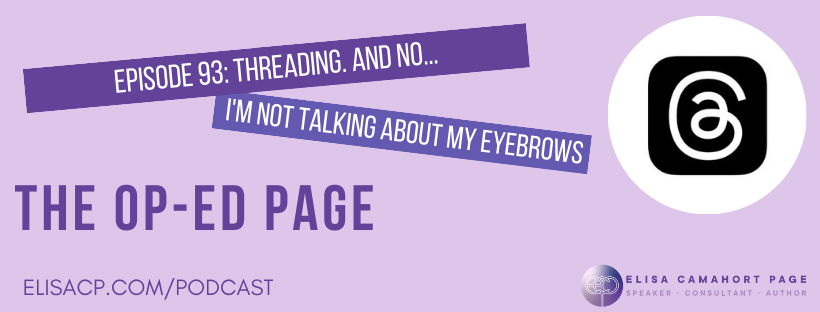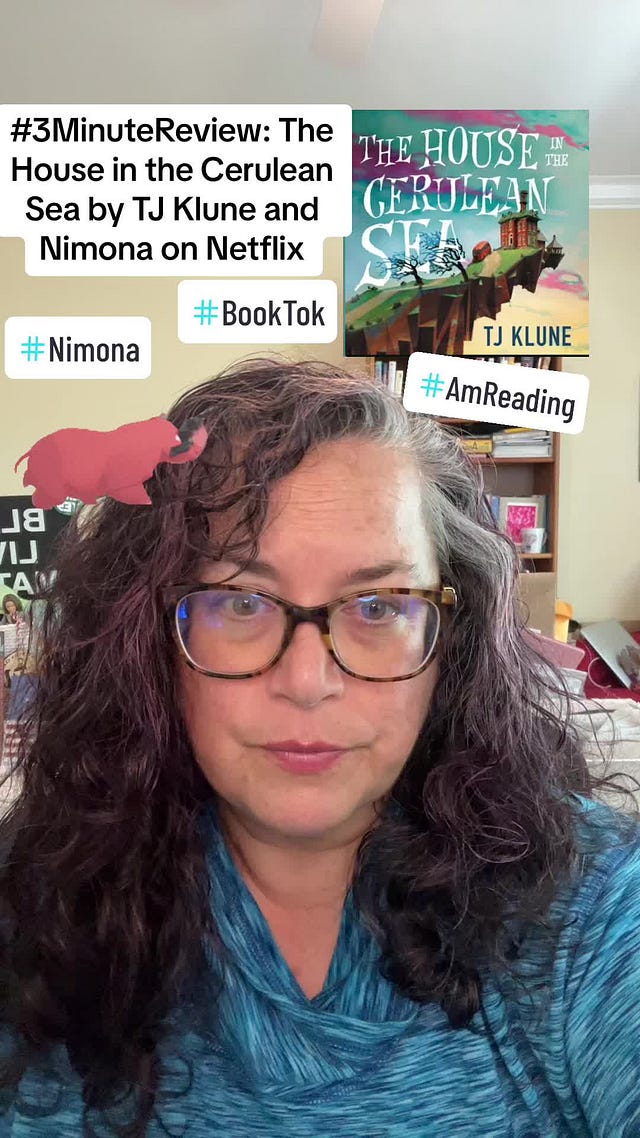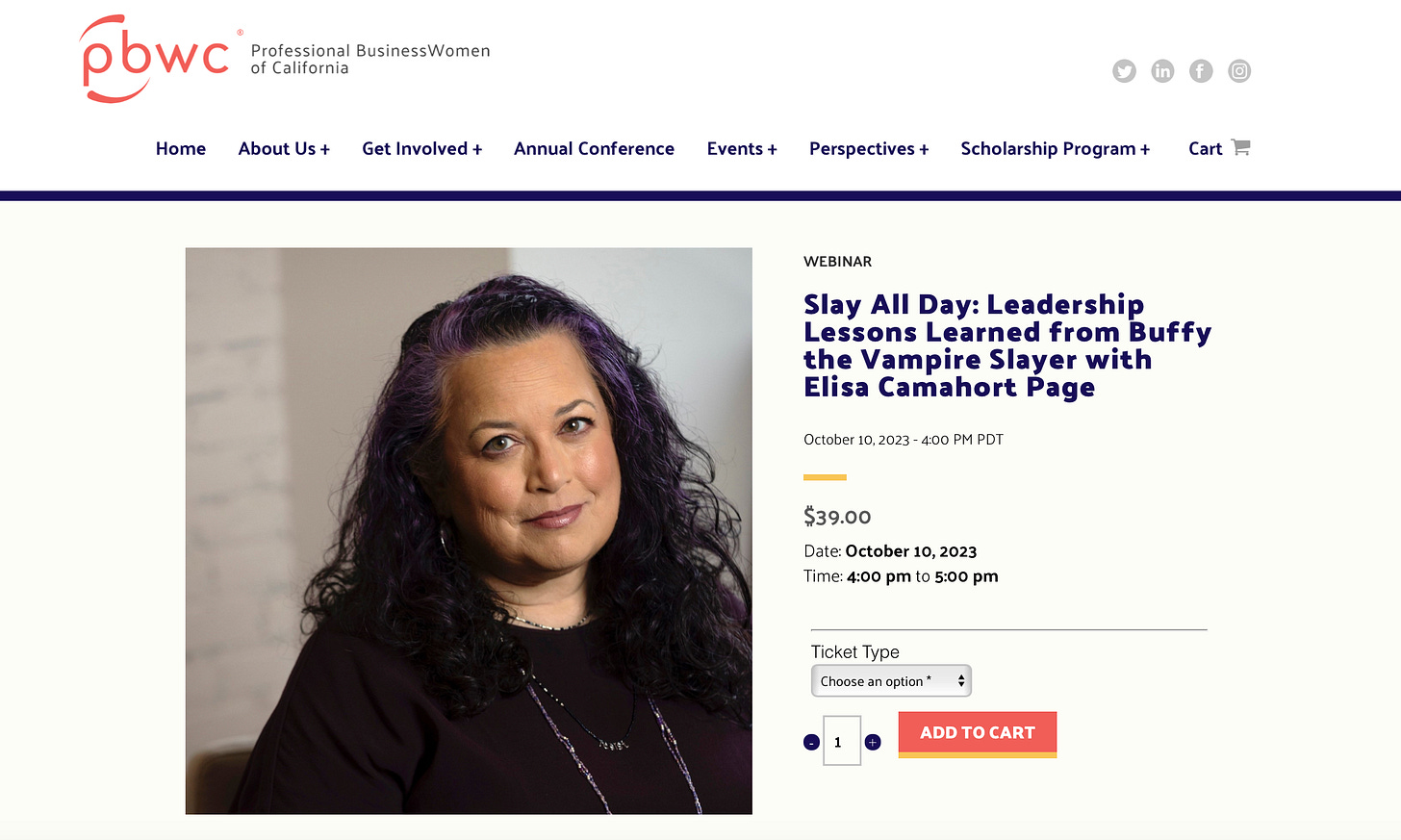Reading the subtext behind job descriptions
Don't let your worst past experiences drive how you sell your org's open positions
Kinder, gentler job descriptions
Despite my vow to focus on fractional leadership roles rather than full-time, my friends still send lots of links to lots of jobs that might be up my alley. I appreciate it…at least a couple of times, I’ve convinced someone to hire me fractional when they thought they wanted full-time, and I believe we all thought it was mutually advantageous in the end. So send away, but I will likely be pitching something a little different than hiring me full-time.
Recently, though, I read a job description and was struck by its subtext.
I first think of subtext as an acting term. It’s the idea that you can be saying one thing (i.e., the actual text), but your meaning can be quite different. It’s the idea of reading between the lines. Another place where subtext often shows up is when people know that they can’t say certain things explicitly (because it’s culturally, socially, or even legally unacceptable), but they really really want to say those things. So they figure out a code. They write or speak text absolutely laden with subtext.
So here was the language I saw in a job description (which, I swear, I can no longer remember where it’s from, so I couldn’t call them out if I wanted to):
This Job Might Not Be For You If You:
Are status conscious, hierarchy-driven, or resume/credential-focused
Struggle to give or receive feedback or engage in healthy dialogue
Don’t want to build alongside young people in leadership roles
I copied/pasted that language into my notes app and added the notation: “Just say you don't want to hire “the Olds” and be done with it.”
This part of the job description is full of negative language that no one is going to immediately resonate with and respond to by saying, “it me.”
Starting with the passive-aggressive “This job might not be for you if you…” I just imagine many people who have been laid off being a little weary of the “It’s not you, it’s me”-ness subterfuge of that.
The first bullet equates credentials with elitism and makes it sound like code for “Don’t come in here knowing your worth, please.”
The second bullet is both disingenuous and kind of obvious. I think most people struggle a bit with feedback. Giving and getting. It’s why there are countless books and courses and articles about how to do it. So, the subtext seems to mean “if you struggle to be cool with us wanting to slam you early and often.” Plus, I mean, isn’t “healthy dialogue” a baseline requirement we all strive for in the workplace? Who is going to say, oh! You’re so right. I don’t like healthy dialogue! Guess this isn’t for me; thanks for the warning. Don’t throw me in the briar patch of “healthy dialogue” amirite?
And finally, the last one crosses the line the most, bringing age explicitly into the criteria, bringing their real concern into very clear focus, but again with the most passive-aggressive phrasing. Again, who says, “Phew, bullet dodged. I sure don’t like ‘building with young people’”???
If I’m being my best self, I think I understand what these folks were trying to communicate based on their own experience and baggage. Maybe they could own what they want and ward off inappropriate interest with a more positive positioning of what they believe their workplace culture represents. Maybe it could have looked something like this:
Please apply even if you don’t have 100% of the qualifications listed…we will give passion and a growth mindset equal weight with experience doing similar roles.
We are a flat organization, and we believe in building a work culture where we can all learn and achieve the most while working together across levels of experience and across functional areas of focus.
We have core values of “radical candor” (or insert similar reference point), data-based decision-making discussions, and bringing up the tough stuff early, before problems escalate.
We are hiring for a truly cross-generational workforce where we can build together and learn from one another. We respect expertise and lived experience. Vision and values. Strategy and tactics.
I still might see that and think, hmmm, I don’t know if flat orgs really work over a certain size of workforce. Or, ugh, I think “radical candor” is code for being dick-ish*. Or, I wonder if this is giving them cover so they can hire friends instead of the most competent folks. Or any number of concerns that may make me decide that no, this job is not for me, or it might give me some questions to come armed with when I interview. But it probably won’t make me think that they don’t want people over a certain age to show up.
Look, your feelings about how you’ve been treated in the past are valid, but they don’t have to drive how you communicate in the future. When people need a job, when they are feeling the pinch and the anxiety of not having one, they will apply even if you do the best possible job saying what you want and make it pretty clear they’re not it. We can all make the world a little kinder right now, especially for job hunters. So you might as well follow the dictum of that old song and “accentuate the positive” counterpart to any negativity that may drive your first draft of a job description.
*I haven’t read radical candor, so this is a made-up criticism, not an actual opinion of mine.
What do you think? Would you read those bullets the same was I did, or am I over-sensitive? How would you interpret and then write that part of the description? Let me know!
What else is going on?
The Op-Ed Page podcast
Meta (neé Facebook) launched its “Twitter killer” Threads last week, and I’ve been full-on obsessed. My latest podcast episode was originally going to be on a totally different topic, but of course, I had to talk about this launch. Along with a social media history review, since if I’m anything, I’m a social media OG.
The biggest, best thing done right about the Threads launch is letting you get started with your IG followers already in place (and giving them the same option with you). As I’ve said repeatedly, after 20 years of online community, I am simply too annoyed to start from scratch on BlueSky, Mastodon, Spoutible, etc.
Those first 48 hours were (for me, anyway) a pure rush. Since then, I’ve calmed down a little bit, and it’s chilled out a little bit, but it’s still pretty fun and so different from my experience on all the Twitter wannabe apps.
The irony is that I never let social platforms access my contacts, least of all Meta, because I don’t trust them with them. But in this case, Threads was accessing the contacts they already know I have. The irony is that before Melon Husk acquired Twitter, I was no fan of TechnoLibertarianDoucheBroBillionaire Jack Dorsey, but Mark Zuckerberg and Jeff Bezos were lower on my ranked TLDBB list by a lot…to the point where I never downloaded the Messenger App, and I stopped buying from Amazon.com on January 1, 2017. I did not have it on my 2023 bingo card, as the kids say, that Zuck would win the battle of the TLDBBs for me.
I joined Twitter in the fall of 2006, before the famous SXSW ‘17 explosion of usage. I am user 10K-ish. Twitter was NEVER the mass tool that Facebook was. Twitter never achieved MAINSTREAM adoption, despite its ubiquity and reams of free promotion as everyone hashtagged everything. Twitter used to be unparalleled for following current events, but now you cannot trust what you are being shown. But even more than current events, Twitter used to be the digital cocktail party for nerds of every stripe. We all just liked *talking* to each other, making each other laugh, sharing our hot takes, or even our lukewarm ones. Threads has stated that they are not aspiring to be a real-time news channel, so a lot of techno-pundits are predicting its demise. But if it can just take up the mantle of digital water cooler for nerds of every stripe, it will truly succeed at killing the Twitter that used to be.
Pundits be out there saying without news Threads cant’s succeed; without lots of people executing their personal brands perfectly, Threads can never succeed; without all the features Twitter took years to put in place Threads can never succeed. I’m of a considerably different mind: Threads only needs to be the fun place to connect with your friends, family, and colleagues that Facebook was before mind-fuckery, divisiveness, and an algorithm that hid all those fun people from you in favor of ads took over. If it does that, it can kill Twitter. And maybe Threads is really a Facebook-killer, even more than a Twitter killer.
Since recording this podcast episode, I’ve taken the following steps:
I’ve moved my Twitter account back to private.
I’ve stopped posting there.
And finally, I moved it to the dreaded “social networks” folder, rather than being a standalone icon on my home screen. This is the folder where social app go to die from disuse, pretty much.
I dig in a bit more on these platforms and the Threads launch in the podcast, so I’d appreciate a listen, and if you enjoy a share and/or subscribe:
#3MinuteBookReview TikToks this week
I recorded several TikToks in the past couple of weeks, but especially:
A review of YA novel We Are the Ants by Shaun David Hutchinson…a heavier book with significant content around bullying, suicidal ideation, and suicide itself. A worthy existential exploration but also a tough read.
A review of The House in the Cerulean Sea by TJ Klune, accompanied by a comparison to the new Netflix animated movie, Nimona.
Curious what you thought of all of the above. Here’s the second one:
Out in the World: A new talk
At the beginning of the year, I set a goal to create a new talk based on an idea I’ve had rattling around in my brain for a long time. I used to think this had to be a book first, but somehow I never made progress on it. So for 2023, I decided to get it on its feet as a talk first. My goal was to outline it, pitch it, get it scheduled, gather feedback, and decide by the end of the year whether it truly needed to be a book or not. I’ve lined up two private presentations of the new talk that you can’t join, but I do have one already scheduled that is open to the public…one of my former clients Professional Business Women of California’s webinars. If you want to learn the Leadership Lessons I Learned from Buffy the Vampire Slayer this October, sign up here! And if you think this would be a fun, thought-provoking, and useful presentation for your organization or event (spoiler alert: it would), please reach out!
Until next time, please leave a comment and let me know your thoughts on any or all of the above. This is basically my blog now! And as always, I appreciate a share of this newsletter or my podcast.
If I can help you break through the things that keep you stuck (or if you are intrigued by the idea of securing my fractional leadership for your initiative), set up your first introductory 30-minute consult for free by booking it in my Calendly. And you can always check out my new LinkedIn Learning Course, Telling Stories That Stick, a 57-minute course on crafting your stories for different audiences (media, investors, prospects, hiring managers) and ensuring those stories stick…and convey exactly what you hope to convey.






This list sounds like a description of somebody who *didn’t* work out in the previous position, not the ideal candidate. It reminds me of dating profiles that, right off the bat, tip you off that they are still pissed at an ex. (“Don’t be jealous and possessive! Don’t pretend you like football if you really don’t!”)
Final analysis: Ageist or not, this is a company that is not yet in a good place to be able move on to a healthy relationship with a new employee. 🙃
Based on an interview with a radical candor guy...I am guessing your read is correct. (Curiously despite his love of candor, he ghosted me, which is just as well because I was totally not a fit for the "culture.")
I also found any job listing where they encouraged me to watch the video of them skateboarding through the office and being falling down drunk as a pro to the company as off-putting.